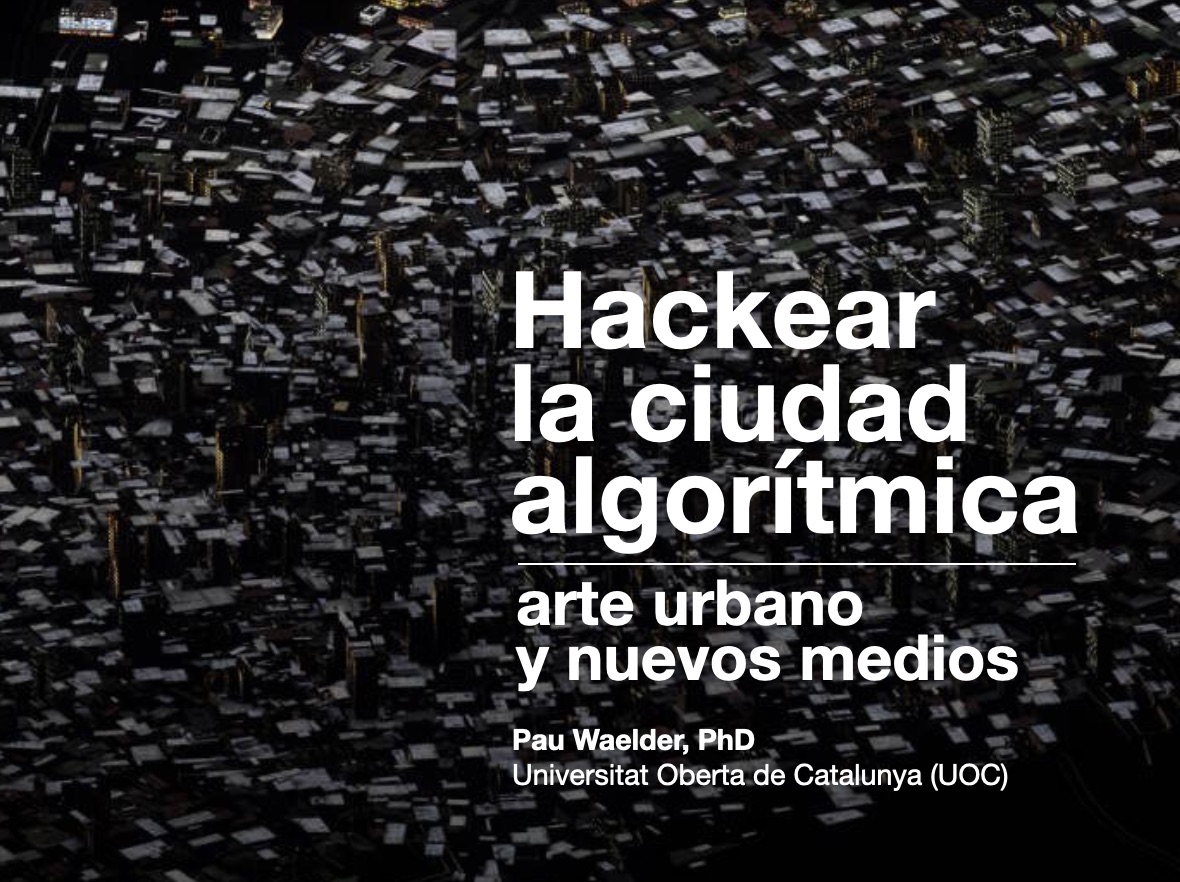Paper in Spanish written for the academic journal Hispanismes, Issue 14, 2020. Special Issue on Artistic Practices in the Public Space, edited by Anne Puech and Santiago Morilla.
Abstract
In this article we intend to review some projects by writers, thinkers and artists who conceive the city as a system that can be hacked in order to make visible the set of instructions that determine its operation and introduce new, potentially disruptive, guidelines. To this end, we use an approach to urban art that considers all kinds of interventions in the city’s public spaces, not limited to graffiti or post-graffiti (understood, as a whole, as all forms of image creation on walls or facades), but encompassing artistic practices that include the collection and display of data, the translation of elements from virtual environments to the urban landscape or the use of digital mapping tools. Art linked to information technologies will acquire special relevance in this text, particularly in relation to the development of automated management and control systems in the so called “smart cities”. Given the possibility that these systems accentuate the authoritarian nature of the urban grid, the reflections and disruptions proposed by certain artistic projects are increasingly necessary.
Read the full paper in Spanish here

